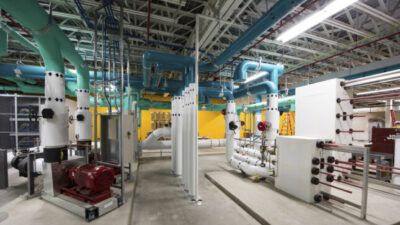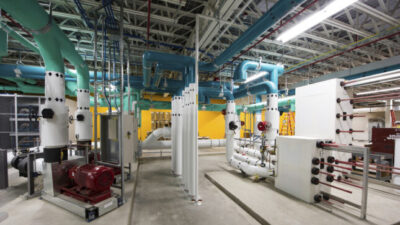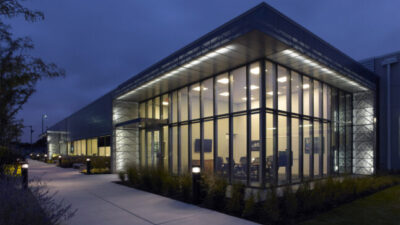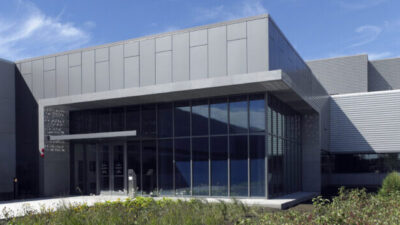Designing efficient and effective data centers and mission critical facilities is a top priority for consulting engineers. Read on for six engineers’ perspective on automation, controls, and BAS.
Participants
- Cyrus Gerami, PE, LEED, CxA, Associate, Senior Project Engineer/Manager, exp Global Inc., Maitland, Fla.
- Kerr Jonstone, IEng, MIET, Senior Electrical Engineer, CH2M Hill, Glasgow, Scotland
- Keith Lane, PE, RCDD/NTS, LC, LEED AP, President, Lane Coburn & Assocs., Bothell, Wash.
- James McEnteggart, PE, Vice President, Primary Integration Solutions Inc., Charlotte, N.C.
- Robert M. Menuet, PE, Senior Principal, GHT Ltd., Arlington, Va.
- Brian Rener, PE LEED AP, Electrical Platform Leader and Quality Assurance Manager, M+W Group, Chicago, IL.
Automation and Controls
CSE: When designing integration monitoring and control systems, what factors do you consider?
Rener: The level of data and control the owner is seeking. Examples of data include the level of power quality information that is needed on at the mains, energy usage down to rack level, and temperature and humidity information. On the controls, we often have involved discussions on power shutoff (emergency power off, or EPO) systems.
Menuet: Controls design is a compromise between necessary complexity and making the system simple to operate, as well as providing access to information necessary to monitor the system. It’s a balance between user flexibility and system integrity.
Johnstone: Key considerations in the design and integration of monitoring and control systems are the resilience of the system and the fundamental actions of the system in a fail condition. Systems are designed to allow components to failsafe and work independently of central control and monitoring upon the loss of network capability. Another important aspect particularly in a co-hosting environment is where clients require Web-based monitoring to allow their external clients to review and audit the operation of the rented space and services to the space.
Gerami: Controls are prepackaged and tested by the equipment manufacturers. This minimizes equipment level failure and limits the levels of responsibilities. Integrate various systems and components into dashboards. Develop “what if?” scenarios to identify fail modes for better risk analysis. Interactive and intuitive user interface graphics can be set up to provide real-time data and trending. Consider PUE real-time calculations and built-in tools that will allow operators to adjust variables.
McEnteggart: As commissioning agent, I’ve seen many integrated MEP control systems that did not perform as designed during testing and commissioning. From my experience, two critical success factors are use of a third-party integrator for multi-vendor system integration and physical separation of the MEP and IT network infrastructures.
CSE: What are some common problems you encounter when working on such systems?
Menuet: Finding the right balance between proven and emerging technologies. You need to be confident in the results that new approaches will deliver before applying them, but you also don’t want to be the last to adopt a breakthrough technology.
McEnteggart: From my experience, although the single-vendor solution has the advantage of ease of initial implementation and a single point of responsibility to resolve problems, the main drawback is that once a single vendor is in place, the owner’s purchasing power diminishes. Switching controls vendors in an operating facility is costly and disruptive. Multi-vendor automation using open protocols provides greater flexibility for the owner’s future system modifications and upgrades. While the industry has increasingly relied on a shared Ethernet infrastructure for IT and MEP control systems to reduce cost, there is a problem: The design of the active network components in a shared network must accommodate the protocols and data types being carried by all connected systems. Unfortunately, the standard Ethernet network hardware often is inadequate for MEP control data, but this only becomes obvious at testing and commissioning. Over the past year, I’ve seen weeks of lost time in a number of projects due to the need to resolve these kinds of issues. These drawbacks could and should have been anticipated by all members of the team in the planning phase.
Johnstone: Data storage of conventional systems was limited, which would affect the storage of trend data and alarm date; however, with Web-based facilities and server-based storage we have overcome these difficulties. Proper cause and effect has to be demonstrated as part of the design, and this is difficult when undertaking live upgrades and replacement of life expired systems and equipment. Also, a common problem encountered is the interface between the systems. Due to the complex nature of automation and controls, it is very easy for a simple thing to be overlooked, resulting in a functional problem.
Rener: The level of information or control that can be obtained at the rack level. Using open source systems in important. We see challenges when trying in integrate components at the rack level such as in row coolers, power distribution unit (PDU) strips, and actual servers.
Gerami: The time and budget for the start-up and commissioning process are typically underestimated. The commissioning process tends to get bogged down for a variety of reasons. Cost overrun negatively affects the funding and fees and schedule. Ultimately the system performance cannot be optimized.



